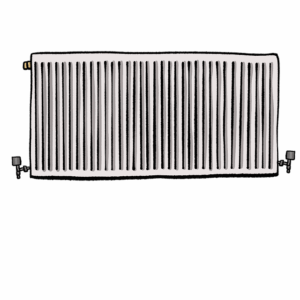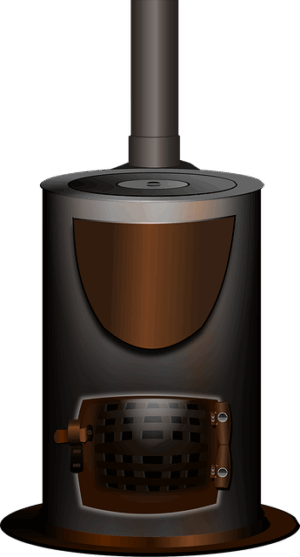Industrial air curtains with motion sensors are transforming operations by providing airtight seals, enhancing energy efficiency, and optimizing temperature control in manufacturing, cold storage, and warehouse environments. They minimize energy loss, reduce operational costs, and create comfortable working conditions, making them ideal for various door systems and entrance heating applications.
“Discover the future of efficient workplace design with industrial air curtains featuring integrated motion sensor activation. This cutting-edge technology optimizes air flow, enhances energy efficiency, and improves work environments. In this comprehensive guide, we explore the fundamentals of industrial air curtains and their benefits, delve into the significance of motion sensors, and provide expert insights on implementation. From improved ergonomics to reduced energy costs, these advanced systems revolutionize industrial spaces.”
- Understanding Industrial Air Curtains: Basics and Benefits
- The Role of Motion Sensors in Air Curtain Technology
- Advantages of Integrated Motion Sensor Activation
- Implementation and Best Practices for Industrial Settings
Understanding Industrial Air Curtains: Basics and Benefits

Industrial air curtains have emerged as a game-changer in various industries, offering a range of benefits for efficient and effective operations. These specialized devices are designed to create an airtight seal at large openings, such as warehouse entrances, manufacturing door systems, or loading docks, preventing unwanted elements from entering. By integrating motion sensors, they take this functionality a step further.
The basics involve a powerful airflow system that generates a curtain of air, acting as an industrial air barrier. This not only controls the climate but also provides protection against drafts, pests, and even dust. For heavy-duty applications, these air curtains are essential for maintaining optimal conditions in manufacturing facilities, cold storage areas, or any environment requiring precise temperature control. They complement traditional HVAC systems by offering targeted solutions for large opening protection, ensuring maximum efficiency and minimal energy loss.
The Role of Motion Sensors in Air Curtain Technology

In the realm of industrial settings, efficient and intelligent climate control solutions are paramount to maintaining optimal working conditions. Motion sensors have emerged as a pivotal component in the evolution of air curtain technology, particularly for industrial air curtains. These sensors play a dual role: enhancing energy efficiency and ensuring maximum safety and operational flexibility. By detecting human or vehicle movement, they activate the air curtain, providing precise control over airflow. This feature is especially beneficial in warehouse entrance protection and loading dock air curtains, where managing indoor environment while facilitating traffic flow is essential.
Moreover, integrated motion sensors contribute to the overall functionality of heavy-duty air curtains as manufacturing door systems and factory entrance heating solutions. In cold storage barriers and large opening protections, these sensors ensure that cold or heated air remains contained, minimizing energy loss and maintaining a consistent environment. This technology is also integral to industrial HVAC systems, allowing for dynamic adjustments based on occupancy and environmental conditions, ultimately optimizing performance and reducing operational costs.
Advantages of Integrated Motion Sensor Activation

The integration of motion sensors in industrial air curtains brings several benefits to manufacturing and warehouse facilities. One of the primary advantages is enhanced efficiency; these sensors enable automatic activation, eliminating the need for manual operation. This feature ensures that air curtains are only triggered when necessary, reducing energy consumption and optimizing industrial HVAC (heating, ventilation, and air conditioning) systems, which is especially beneficial in large opening protection scenarios like warehouse entrance protection or loading dock air curtains.
Additionally, heavy-duty air curtains with motion sensor activation provide superior cold storage barriers, maintaining the desired temperature and minimizing heat loss. This is crucial for preserving perishable goods and ensuring optimal industrial climate control. Such advanced technology not only contributes to energy savings but also creates a more comfortable working environment, making them ideal solutions for various manufacturing door systems and factory entrance heating applications.
Implementation and Best Practices for Industrial Settings

Industrial air curtains equipped with motion sensors offer a practical and efficient solution for various industrial settings. When implementing this technology, it’s crucial to consider the specific requirements of each workspace. For instance, in manufacturing plants or warehouses, strategically placing the air curtains at entry points can effectively prevent the loss of heated or cooled air, enhancing energy efficiency. These intelligent systems automatically activate upon detecting motion, providing a seamless experience for workers while minimizing unnecessary energy consumption.
Best practices involve tailoring the sensor sensitivity to match the environment. In high-traffic areas like loading docks or factory entrances, the sensors should be robust enough to respond promptly to human movement but not triggered by smaller objects. Additionally, regular maintenance is vital to ensure optimal performance. Keeping the air curtains clean and replacing filters according to manufacturer recommendations guarantees efficient airflow and prolonged system lifespan. Incorporating these practices ensures that industrial air barriers function as intended, contributing to a productive, well-regulated environment in manufacturing door systems, cold storage areas, and beyond.
Industrial air curtains with integrated motion sensor activation offer a significant advancement in workplace efficiency and safety. By automating curtain operation based on presence, these systems enhance productivity while reducing energy consumption. Understanding the benefits of both technology components allows industries to optimize their operations, ensuring a cleaner, more controlled environment without compromising on comfort or accessibility. Implementing this innovative solution can revolutionize industrial spaces, making them smarter, safer, and more sustainable.






